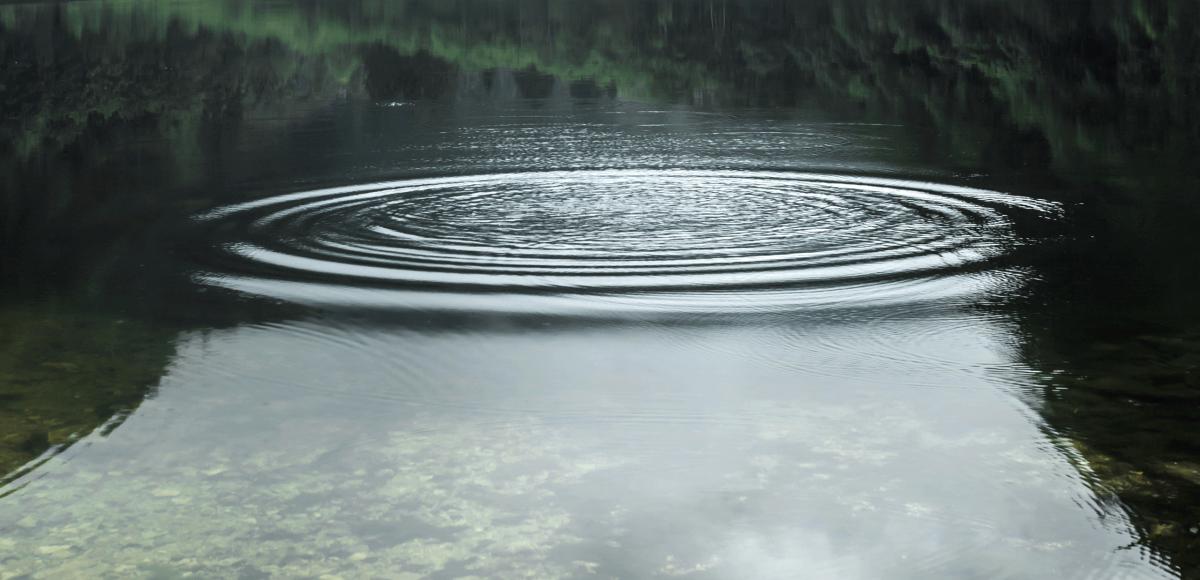
Carbon neutral circular economy as a solution to tackle the sustainability crisis
There is no economy or even future without nature.
Therefore, there is an acute need to make the transition happen. We are discussing a systemic change from a linear economy towards a sustainable and fair economy operating within Planet Earth's limited resources.
For the transition, we need a carbon-neutral circular economy as a tool. Circular economy tackles global challenges like climate change, biodiversity loss, overconsumption, waste and pollution. What does this mean in practice?
Our current global economy is not at a sustainable level or even near it. We live in a planet-sized scarcity, and even though there is a will for change, the change is happening too slowly. According to an estimate by the International Resource Panel, the sourcing and processing of natural resources causes approximately half the global greenhouse gas emissions and 90 per cent of biodiversity loss. More concrete actions are needed.
To begin with, we should create a jointly accepted image of the sustainable and fair economy towards which we are moving. For that, we have to set a few targets based on the dimensions of the sustainability crisis. The first set target is to reduce the use of natural resources. The second target, related to the first, is to keep the valuable resources in use as long as possible and ensure those will be recycled back over and over again. The third target is to reduce waste production, pollution and emissions into the air and water. Finally, the responsibility to care for both land and sea nature is ours, not theirs or somebody else's.
Rethink your business
The change in the global economy requires targets, actions and measures at all levels and sectors of society. A new way of working must be taken into account in all decision-making. We can no longer accept a model where we overconsume natural resources and energy, and industrial-process surplus spoils the environment. This applies to all sectors of society and all industrial production worldwide.
The basis of the circular economy is to use raw materials responsibly so that the earth's well-being, climate, nature and biodiversity are not endangered – but how do we apply circular economy to the business as a whole? Start with the assessment: what is your current situation? Rethink the heart of your business. Is your core business sustainable, or are there possibilities for change, new business areas and earning models?
The principles of circular economy
- Use of resources
- Materials and products in use
- Circulate products and materials
- Reduce waste production and pollution
- Shift the focus from extraction to regeneration
- Instead of degrading nature, build natural capital
Based on the assessment, set the ambitious sustainability targets and make an action plan on how to achieve the set targets. How a sustainable economy and business are implemented in your organisation is your decision. Adopt circular economy business models, such as product-as-a-service and sharing models. Make business plans, develop new materials and design new products and services to put your sustainability targets into the action. If you cannot solve all these things yourself, don't hesitate to ask for advice, help and support.
Decisive decisions are made before anything concrete happens in a circular and sustainable economy. Critical decisions, therefore, take place in the planning phase of the areas, material development, product design, tender documents and contracts. Therefore, it is worth considering whether we are promoting a new kind of sustainable economy or still operating in the same way as always. However, all this requires strategy, policy, action plan and decision-making criteria, i.e. what we aim for.
Transition towards sustainability – actions
- Assess the present state
- Sustainability policy, strategy and action plan
- Integrate circular economy solutions in all the operations of the organisation
- Implement the new business models and earning logic
- Use data and digitalisation to promote sustainable business
- Add circular economy & sustainability criteria in the tendering documents & agreements
- Plan, design and develop for sustainability and circular economy
- Collaborate cross-sectorally and copy with pride
- Make a training programme – how can we increase sustainability competencies in all teams of the organisation?
- Add individual sustainability targets in the KPIs
- Think about how to minimise the land use
- Set the targets to reduce raw material use and to increase recycled material use
- Take action to promote nature's regeneration
- Communicate and report – tell your sustainability story
When the goals are set for the change, progress must be measured. For that, we need the right kind of meters. The easiest metrics to set are quantitative methods, such as how much we use raw materials and energy, how big our carbon dioxide emissions are, how much waste we produce, etc. Qualitative actions, such as attitude change, organisational learning, willingness, and the ability and competence to make changes, are more difficult to measure.
Monitoring and follow-up
- Assessment of new circular economy business
- Life cycle assessment of materials and products (sustainability footprint & handprint)
- Assess success and failure based on the collected data
- Circular economy & sustainability in the tender documents and agreements
- Competencies in sustainability
- Energy use
- Raw material quantity and recycled material use
- Amount of waste produced and water & air emissions
- Communication
- Reports
On the way towards sustainability, every now and then, it is important to update the action plan based on the follow-up. Consider if even more ambitious targets can be set for some actions and put more effort into those actions that lag behind.
It is crucial not to accept to solve only one target, such as carbon neutrality, but all the dimensions of sustainability, such as material and energy efficiency, water use, and end of the product life cycle.
Sustainable and fair economy
The market pressure and demand for sustainability are the strongest drivers for the global economy to change. Therefore, demand sustainable solutions from your suppliers, design circular economy solutions and market those. If you need to procure parts, materials, components, services and so forth, challenge the supply chain organisations to promote circular economy solutions. Be sure you have responsibility throughout the whole product life cycle.
There is a need for cross-sectoral collaboration. Share your know-how, copy with pride and create novel business contacts in your own business area. Take learnings from different sectors and use the ideas in your business. Finally, the investors and owners have an important role in the transition. The circular economy is a new way of doing business. As an owner, a financier or a funder, it is your decision to demand more sustainable solutions.
We don't have a clear picture of the possible future scenarios, including what sustainable lifestyle and well-being look like or how we produce that for everyone sustainably. However, at the same time, we know there is no plan B or any other Planet Earth. Therefore, there is no way back. The only way is to proceed. Sooner or later, the only global economy is sustainable and fair. To succeed, we all must find our role as part of a new, sustainable and fair economy.
Firstly, we have to reduce consumption radically. Secondly, we need to use carbon-neutral circular economy solutions widely worldwide in all sectors of society, from strategies to operations. Thirdly, the actions need to be done at once. The actions may not be perfect, but we can learn – “learning by doing” is the right step forward. Finally, remember, whatever you do, do it well. The best action is to make decisions that promote the everyday transition towards a sustainable and fair economy.
This article was written by Nani Pajunen.

Bioindustry Management Consulting
To survive and flourish, industries and companies must adapt and innovate at an ever-increasing rate. Our dedicated team of nearly 200 industry experts advise clients across bioeconomy value chains from forestry to packaging and retail, as well as from new bio-based materials to novel new end-uses.


